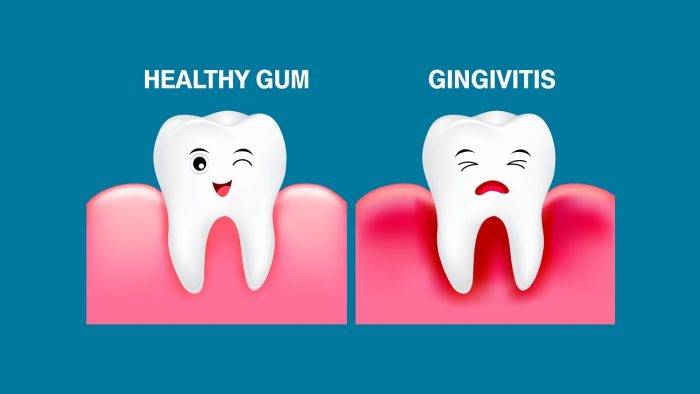Gingivitis in Children – Causes, Symptoms and Prevention
May 20, 2021
For parents, there is no better sight than seeing their child smile. But, as soon as their teeth erupt, they become vulnerable to gum diseases like gingivitis. While adults are prone to the disease, it can also attack children. However, the good thing about gingivitis is that it is curable and preventable by maintaining good oral hygiene.
What is Gingivitis?
Gingivitis is the mildest form of gum disease that causes gum inflammation. The disease generally develops in response to the bacteria that thrive in the gingival margin, i.e., the spaces between the teeth and the surrounding gum tissues.
Young children, especially those who still have their baby teeth, have less plaque build-up than adults and are at a lesser risk of developing gingivitis. However, the risk increases with age, starting around age five.
Once adolescents reach puberty, the chances of gingivitis are close to 100%. Puberty-related gingivitis risk is due to hormonal changes that occur in the body.
What are the causes of gingivitis in children?
- One of the most common causes of gingivitis among children is not brushing correctly and neglecting flossing, as observed by the doctors.
- Sometimes, breathing through the mouth can lead to dry mouth, increasing the risk of gingivitis.
- Gingivitis occurs due to long-term plaque build-up. Plaque is a sticky substance that contains harmful bacteria that causes cavities.
- Another common cause of gingivitis among children is the hormonal changes that happen when they reach puberty.
- Poor nutrition can also cause gingivitis among children. It leads to a weak immune system, and it becomes difficult for the body to fight off the infections. The dental plaque build-up is more likely to happen if the child consumes a high amount of sugary food and aerated beverages.
Symptoms of gingivitis in children
Dentists suggest that the common symptoms of gingivitis observed among adolescents and children include:
- Swelling of the gums
- Bleeding gum
- The tooth appearing longer than normal
- Bleeding between gums while brushing or flossing
- Bad breath
Now that you are aware of the gingivitis causes and symptoms in children, it would help to know tips for reducing, reversing and preventing gingivitis.
Gingivitis is preventable. As a parent, you must help your child learn and practice methods to upkeep their oral hygiene every day. Some of the best ways to prevent and treat gingivitis include.
- Brushing the teeth regularly
Brushing the teeth regularly and correctly is vital for preventing and reversing gingivitis symptoms. Usually, children aged over five years can brush their teeth independently without adult supervision, but some may need help.
So, it is best advised to teach your child the importance of regular oral care and the techniques to brush correctly. Make sure that you use age-appropriate toothpaste and a toothbrush. Teach your child that they must brush their teeth at least twice every day.
- Flossing
Apart from brushing the teeth, it is vital to teach your child the importance of cleaning the space between the teeth using interdental devices like floss. It is one of the best ways to prevent plaque build-up. But, using floss is not easy. As a parent, you must help the children learn the technique correctly. If your children do not like flossing, you can try using flavored dental floss.
- Professional teeth cleaning
Apart from practicing good oral hygiene at home, you should take your child to a dentist for regular check-ups. This is important because the plaque that lives in the hard to reach area can be removed only through professional cleaning techniques used by the dentist.
During the visit to the dentist, the doctor will thoroughly examine the child’s mouth, clean their teeth, and treat any underlying condition before it becomes severe.















































